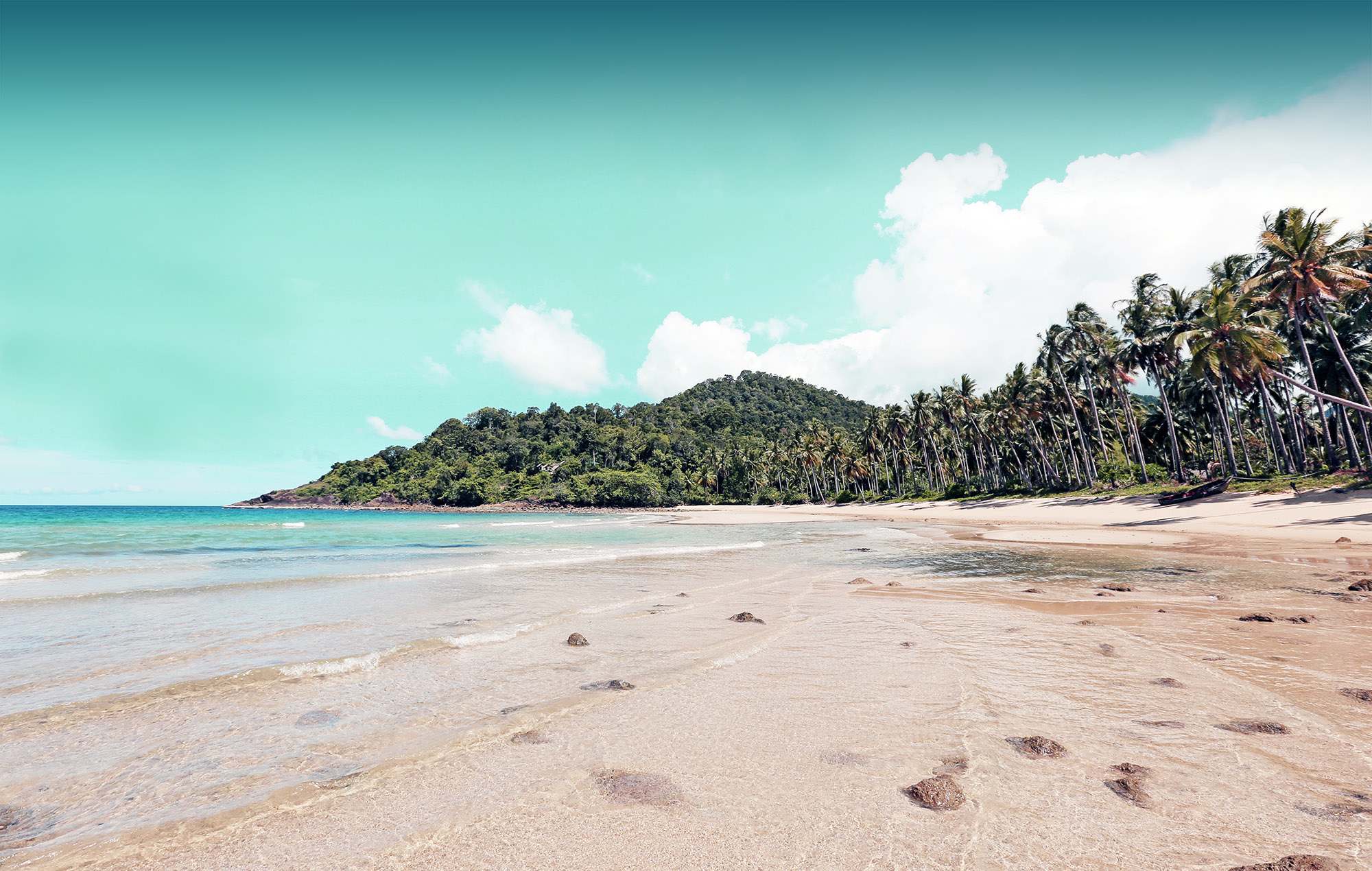Beach debris
Ironically, secluded beaches that have yet to be captured by tourism often appear dirtier because debris washed up by the sea remains untouched.
Earlier this summer, I spoke to a bungalow caretaker in Thailand about the beach debris on the beach. He was managing the lone accommodation option on a beautiful stretch of sand, but the beach looked best from afar. It was, in fact, covered with plastic, old fishnets, and bottles. In a strange way this debris did give me a sense of being away from it all, seeing these signs of world consumption randomly washed ashore and left to rot on the beach – or in this case, unfortunately, not rot. They had tried to remove the garbage from the beach, one volunteer had even spent hours every day cleaning the beach, but they eventually gave up. Each morning new piles of garbage had appeared on the golden little beach.
If you are a true beacher, nothing speaks to your dreams like a secluded palm-clad, white-sanded postcard-beach. Since you are not the only beach lover, it has become harder to find this beach although promised by thousands of postcards. They do exist, and you can actually find them without too much hassle, depending on the destination of course. But the white sand beach that should meet your eye is too often half covered in garbage washed up by the sea. Sadly and ironically, this has become the sign that you have arrived at a hidden beach not yet reached by tourism.
Beach cleaning at popular destinations
At popular destinations, beaches are cleaned and kept tidy by the beach resorts and in some cases the local authorities. As tourists we might not realize how much debris is removed every morning, before tourism opens its eyes. Our oceans are full of lost rubber sandals, beverage cans, torn plastic bags, bottles, containers – anything not biodegradable.


